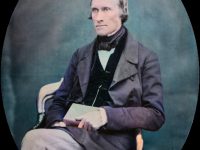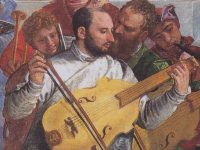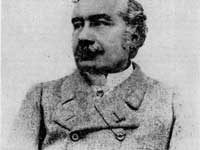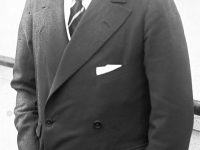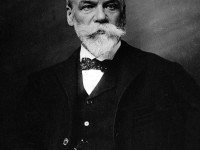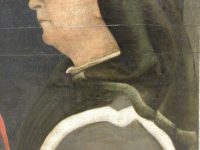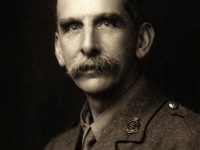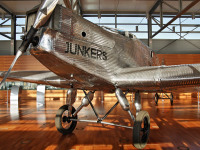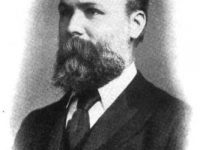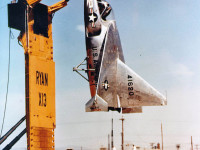James David Forbes – Seismology and the Conduction of Heat
On April 20, 1809, Scottish physicist and glaciologist James David Forbes was born. Forbes worked extensively on the conduction of heat and seismology. He conducted experiments on the temperature of the Earth at different depths and in different soils near Edinburgh. Later he investigated the laws of heat conduction in bars and invented the seismometer. “I thank God humbly and sincerely. God, who has visited us with many trials, and led us…
Read more

